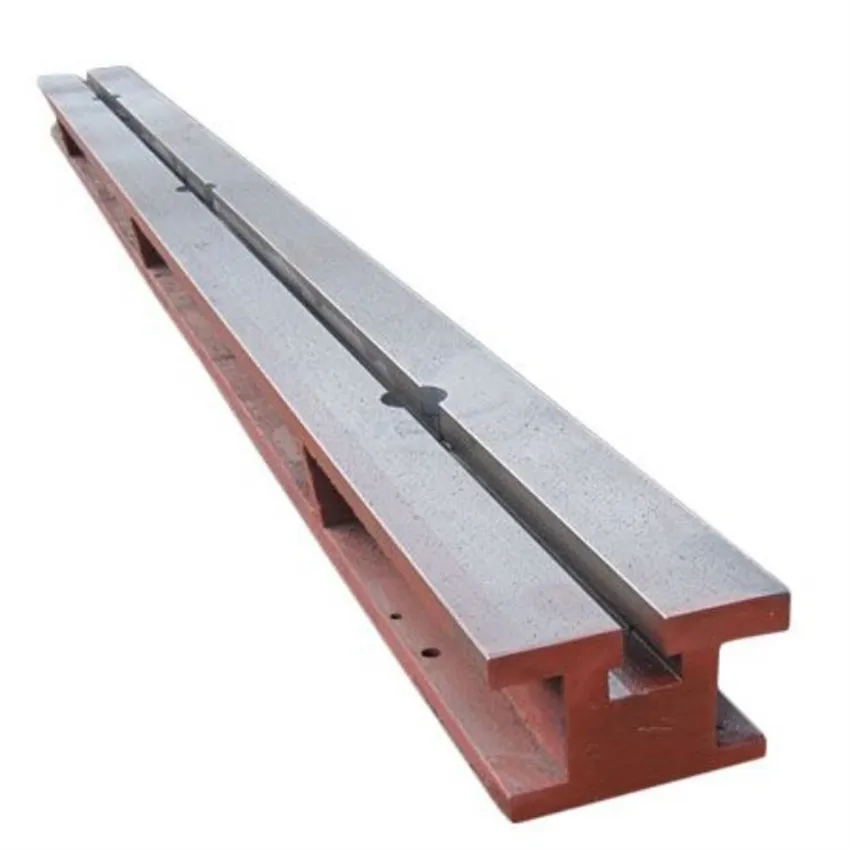Eyl . 30, 2024 12:06 Back to list
Measuring Precision with Bore Gauge for Accurate Internal Dimensions
Using a Bore Gauge A Comprehensive Guide
In the world of precision engineering and manufacturing, the significance of measurement cannot be overstated. One of the crucial tools employed in this field is the bore gauge. A bore gauge is specifically designed to measure the internal diameter of holes, cylinders, or other cylindrical objects with remarkable accuracy. This article will delve into the various aspects of using a bore gauge, covering its construction, types, and best practices for effective measurement.
Understanding the Bore Gauge
A bore gauge typically consists of a measuring head, a body, and a measuring scale or dial. The measuring head is equipped with one or more sensitive probes that expand to make contact with the inner surface of the bore. The body holds the measuring head and is calibrated to provide accurate readings. Depending on the design, bore gauges can be mechanical or digital, with digital versions offering enhanced readability and additional features.
Types of Bore Gauges
There are generally three types of bore gauges internal dial gauges, electronic bore gauges, and telescoping gauges
.1. Internal Dial Gauges These are the most conventional types of bore gauges. They feature a dial indicator that visually displays the measurement. Users can read the measurement directly from the dial, which is typically graduated in microns or thousandths of an inch.
2. Electronic Bore Gauges Leveraging digital technology, these gauges provide highly accurate readings, often with a resolution of 0.01 mm or finer. They usually come with features such as data logging, memory functions, and the ability to interface with computers or other digital devices, making them suitable for modern manufacturing environments.
3. Telescoping Gauges While not strictly a bore gauge, telescoping gauges are often used in conjunction with bore gauges. They are used to capture the internal size of the bore before transferring the measurement to a micrometer for a more accurate reading.
using bore gauge

Using a Bore Gauge Effectively
To achieve the most accurate measurements with a bore gauge, follow these best practices
1. Preparation Before taking measurements, ensure that the bore is clean and free from debris. Any contaminants can affect the accuracy of the reading.
2. Calibration Regularly calibrate the bore gauge to ensure its accuracy. This involves checking against a known standard and making any necessary adjustments.
3. Measuring Technique When using a bore gauge, it is essential to employ the correct measuring technique. Insert the measuring head into the bore and expand the probes until they make contact with the inner walls. It is crucial to ensure that the gauge is perpendicular to the bore to prevent errors in measurement.
4. Taking Readings Once the bore gauge is properly positioned, take the reading from the scale or dial. For digital gauges, simply note the displayed measurement. If using an internal dial gauge, read at eye level to avoid parallax error for accurate results.
5. Multiple Measurements To ensure reliability, it is recommended to take multiple measurements at different points within the bore. Variations may indicate wear or other issues with the component being measured.
Conclusion
Using a bore gauge is essential for achieving precision in any manufacturing or engineering process. With its ability to accurately measure the internal dimensions of bores, it plays a pivotal role in quality control and ensures that components meet stringent specifications. By understanding the types of bore gauges available and following best practices during usage, technicians can significantly enhance their measurement accuracy, ultimately leading to improved product quality and performance. Thus, investing time in mastering the use of a bore gauge is not just beneficial but vital in the quest for precision in engineering applications.
-
Why Metric Trapezoidal Thread is Ideal for Precision Motion ControlNewsAug.05,2025
-
The Unique Properties of a Block of Granite for Industrial UseNewsAug.05,2025
-
The Role of Flanged Y Strainers in Preventing Pipeline ClogsNewsAug.05,2025
-
The Importance of Regular Calibration for Master Ring GagesNewsAug.05,2025
-
How a Cast Iron Surface Table Enhances Accuracy in ManufacturingNewsAug.05,2025
-
Comparing Different Check Valve Types for Optimal Flow ControlNewsAug.05,2025
Related PRODUCTS









